14-hour shifts, meager wages: the working conditions on cruise ships are tough. No wonder it's getting harder and harder to find staff.
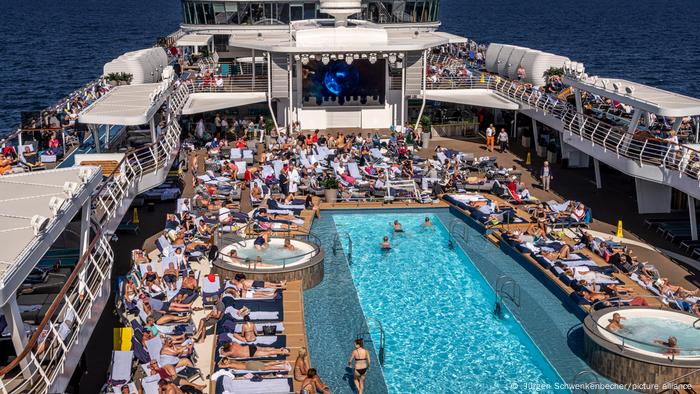
So that guests can enjoy their vacation, the crew in the background takes care of all the amenities
The contrast couldn't be greater: while the passengers enjoy the sea view in their spacious cabins, splash around in the pool or fill their plates again at the buffet, things are very different behind the scenes. An army of hard-working crew members ensures that the cruise holidaymakers have everything they need. Many of them put up with seemingly endless shifts, being away from their families for months and being accommodated in cramped double cabins.
“The contrast between the glamorous picture that paints the industry and the reality of the workers on board is really striking,” says Maya Schwiegershausen-Güth from the Aviation & Maritime economy of the Verdi trade union. One of the main problems for workers on board is respect for working hours. Although these have been internationally regulated by the Maritime Labor Convention since 2006, violations of them keep occurring.
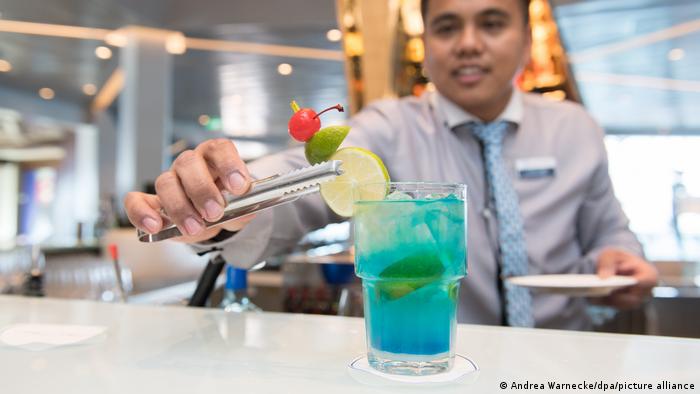
You're welcome be another drink? An army of crew members on the Mein Schiff 3 takes care of the well-being of the cruise guests
The seven-day week is the norm
Angela Teberga, professor of tourism at the University of Palmas, Brazil, is also convinced of this. In her doctoral thesis she examined working conditions on cruise ships, paying particular attention to working hours and the workload. These are the most common reasons for complaints from crew members. Although the eight-hour day and six-day week generally apply at sea, the reality is often different. Working up to 14 hours a day, seven days a week is more the rule than the exception. This applies all the more, the lower the position of the respective employee in the ship's own hierarchy.
According to the international association of the cruise industry CLIA (Cruise Lines International Association), there were 554,000 direct jobs in the industry in 2019 – before the start of the corona pandemic. Around 21.4 billion euros were paid in salaries. The crews of the cruise ships are usually very international: Up to 80 countries of origin are represented on board many ships, it is said. A particularly large number of employees come from developing countries in Asia or South America. Filipinos alone account for almost 30 percent of all shipping employees worldwide.
Not a single ship under the German flag
“For many of them, a job on a cruise ship is an opportunity to build up a small fortune,” says Alexis Papathanassis, Professor of Tourism and Cruise Management at Bremerhaven University of Applied Sciences, who also researches the subject. Although the salaries are low by European standards, they are significantly higher than in the home countries of these crew members. That's why they accept the “very, very tough working conditions”.
The fact that these often do not meet the standards of Central European countries is due to the fact that cruise ships are now mostly registered in countries where different rules apply, such as the Bahamas or Panama – not a single one sails under the German flag anymore. The Aida fleet, for example, is registered in Italy, the ships of TUI-Cruises in Malta. The German minimum wage does not have to be paid in this way. First and foremost, however, the companies are concerned with taking advantage of more favorable conditions for taxes and fees. In this way it is possible to reduce personnel costs, in many cases by half, according to tourism professor Angela Teberga.
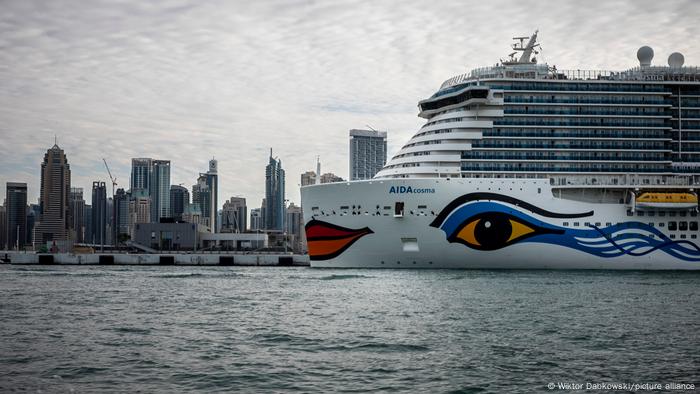
The Aida fleet sails under the Italian flag. Here the Aida Cosma during a recent stay in Dubai
The workload is increasing
The efforts of the cruise companies to put ever larger ships into operation aimed in the same direction. Teberga has found that the passenger/crew ratio has been changing for years to the detriment of the employees. There are now four passengers for every crew member on many ships. Between 2001 and 2020, the average passenger capacity of cruise ships increased by 60 percent, but the number of crew members only increased by 44 percent – the workload has increased accordingly.
Helge Grammerstorf, National Director of CLIA Germany, denies that the internationally valid working time regulations on board cruise ships are systematically not observed. “A lot has changed in the relationship in recent years,” he says. “The policy of the shipping companies is that there should be no exceeding of the permitted working hours.” This is now being handled very restrictively. Thanks to modern working time recording systems, this is also easily and completely transparently comprehensible. “Like every service sector, we too depend on motivated employees,” says Grammerstorf. “They are treated accordingly.”
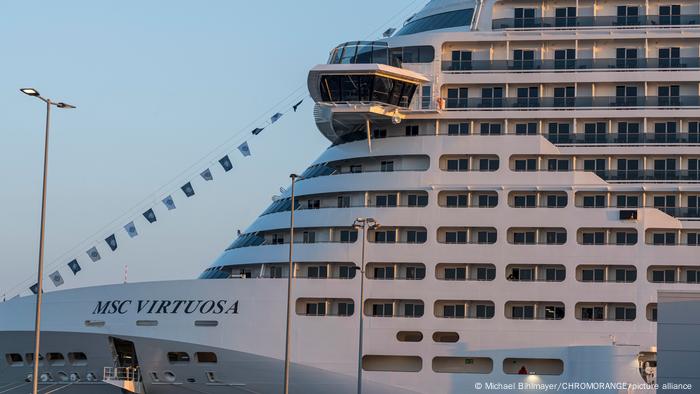
On the MSC Virtuosa (here in the port of Hamburg) come up 6334 passengers 1704 crew members. Makes a ratio of almost 4:1
There has been a shortage of skilled workers since Corona
But cruise expert Alexis Papathanassis is convinced that there is still a lot of room for improvement here. As in many other areas, especially tourism and hospitality, there has been an acute shortage of skilled workers in the cruise industry since the Corona pandemic. The companies would find it difficult to find sufficiently qualified crew. “The industry is therefore forced to offer more attractive working conditions and upgrade its image as an employer,” he says. However, the sea view, pool and buffet will certainly remain reserved for paying passengers.
 Loved and hated: cruises
Loved and hated: cruises Loved and hated: cruises
Loved and hated: cruises Loved and hated: Cruises
Loved and hated: Cruises Loved and hated: cruises
Loved and hated: cruises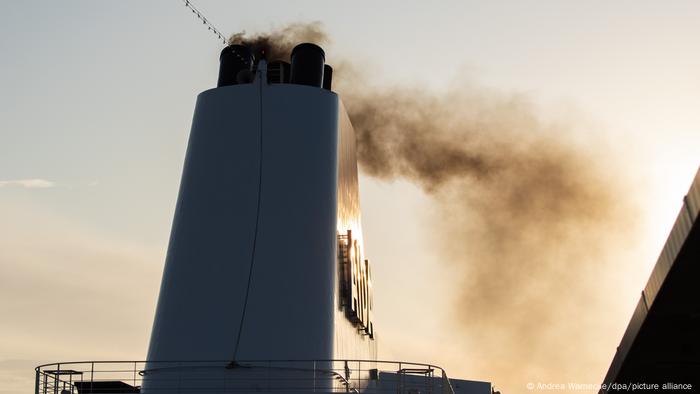 Loved and hated: cruises
Loved and hated: cruises Loved and hated: cruises
Loved and hated: cruises Loved and hated : Cruises
Loved and hated : Cruises Loved and hated: cruises
Loved and hated: cruises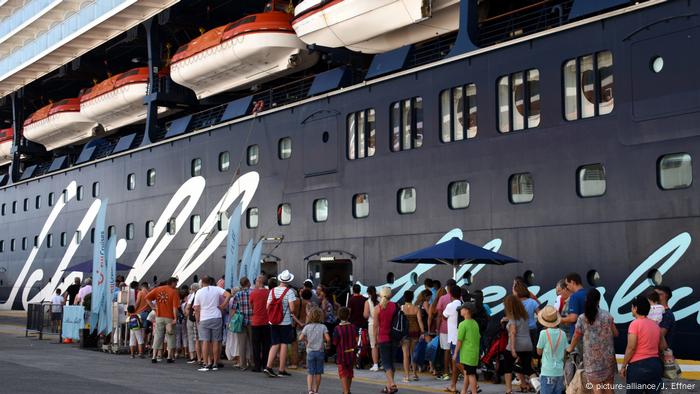 Loved and hated: cruises
Loved and hated: cruises Loved and hated: cruises
Loved and hated: cruises